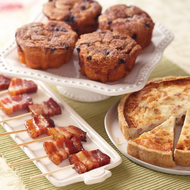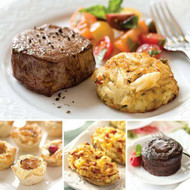The Perfect Gift - Meal Delivery from Send a Meal
Jul 15th 2024
Are you searching for a thoughtful and unique gift for your loved ones? Look no further than Send a Meal's meal delivery gift service!In today's fast-paced world, finding the perfect gift can be a cha
… read more




